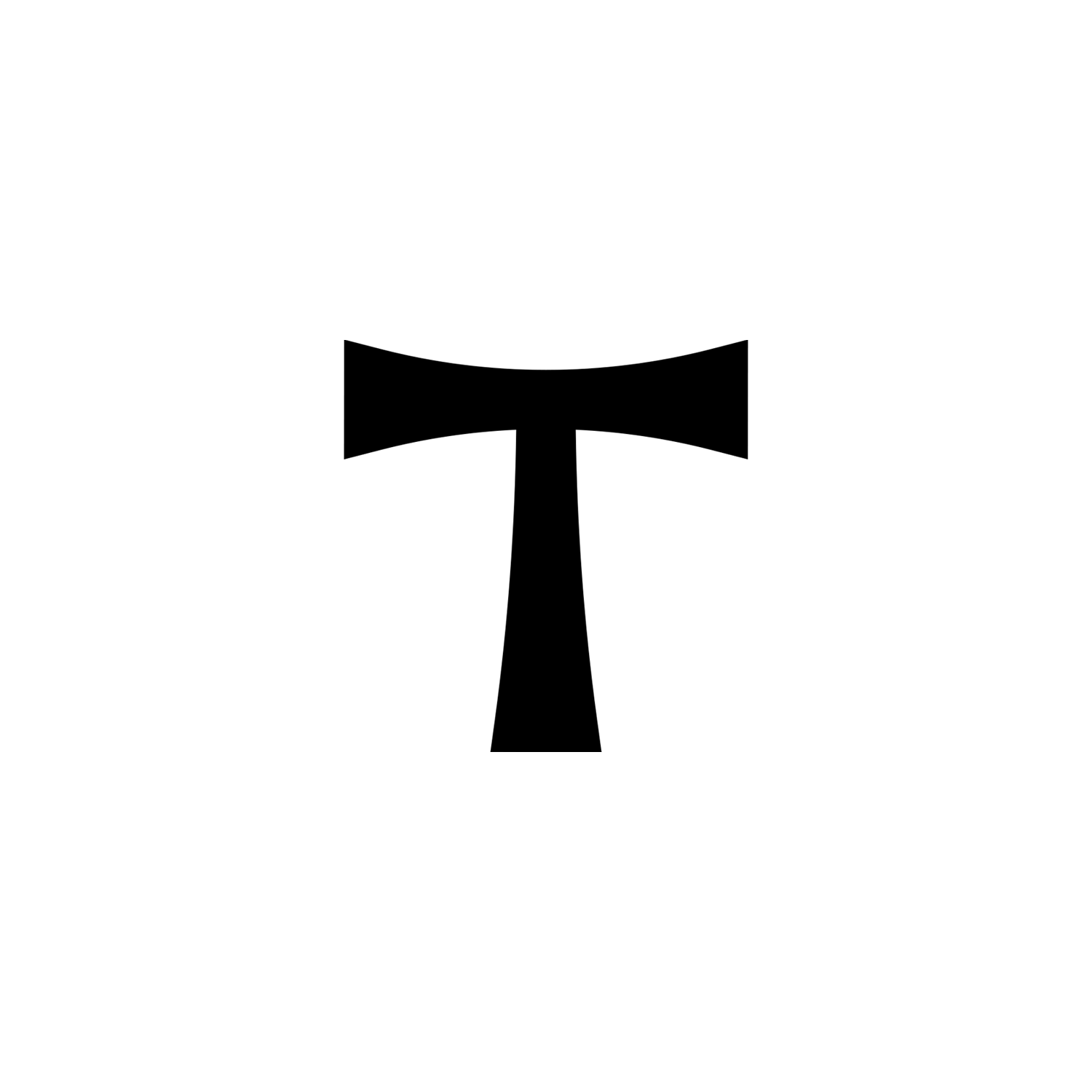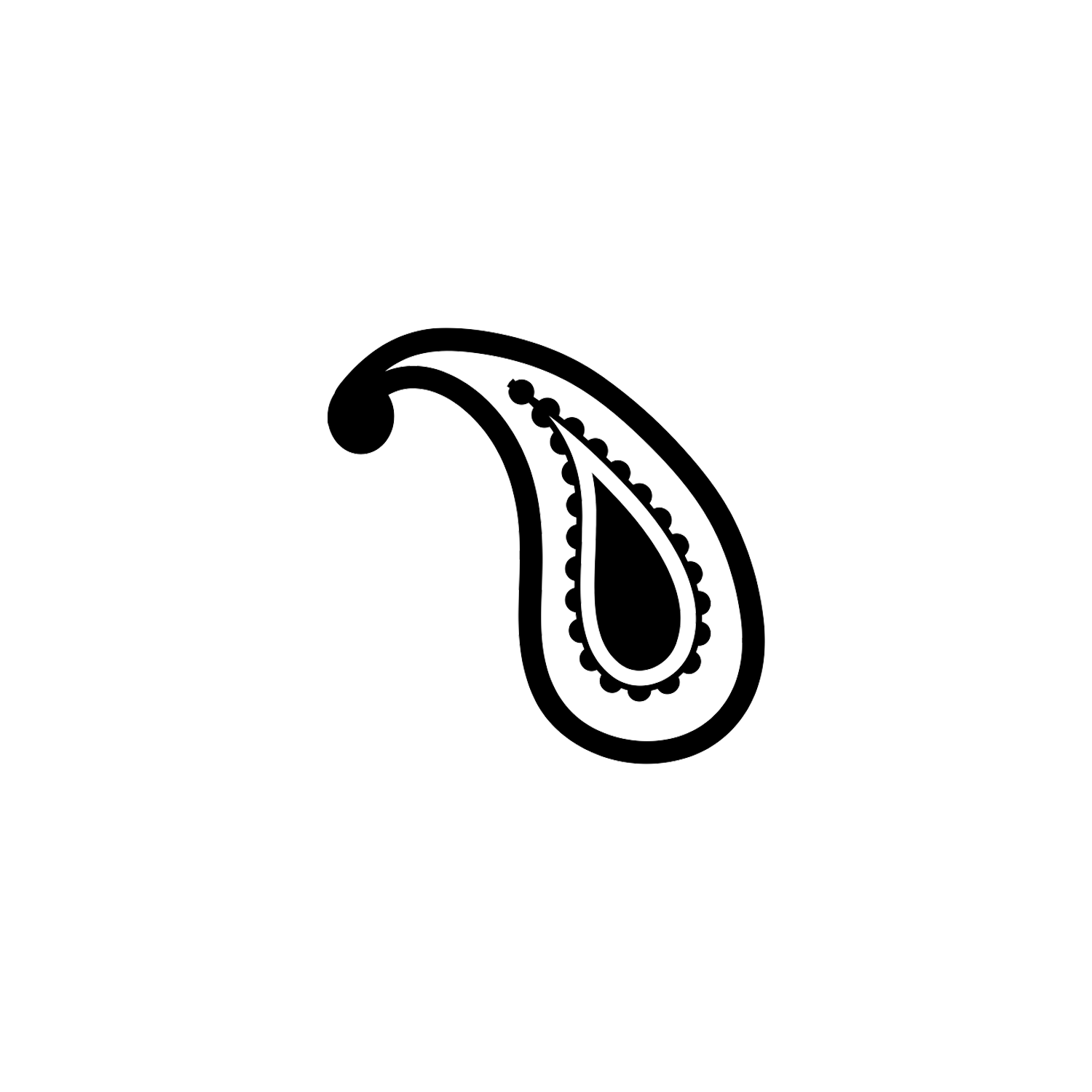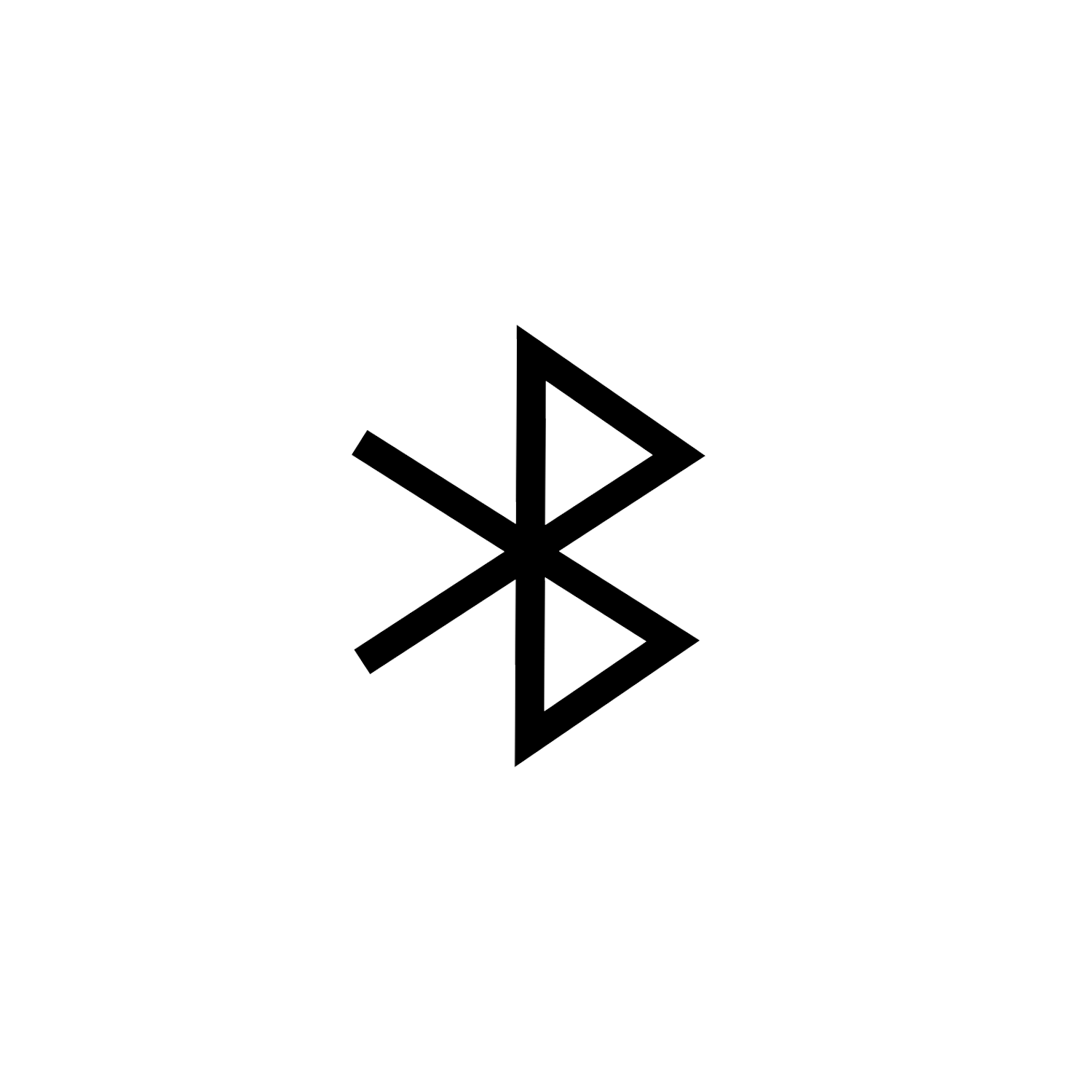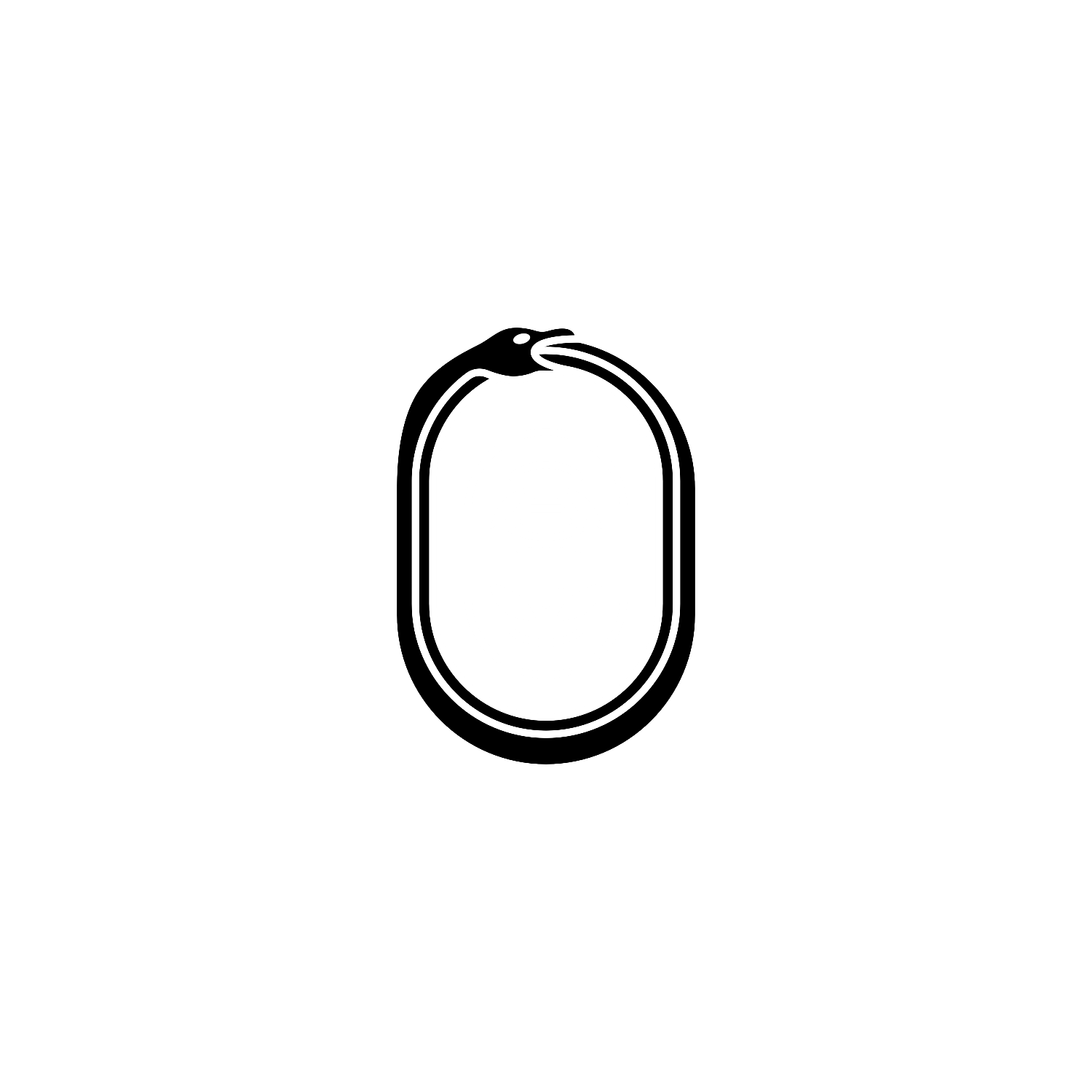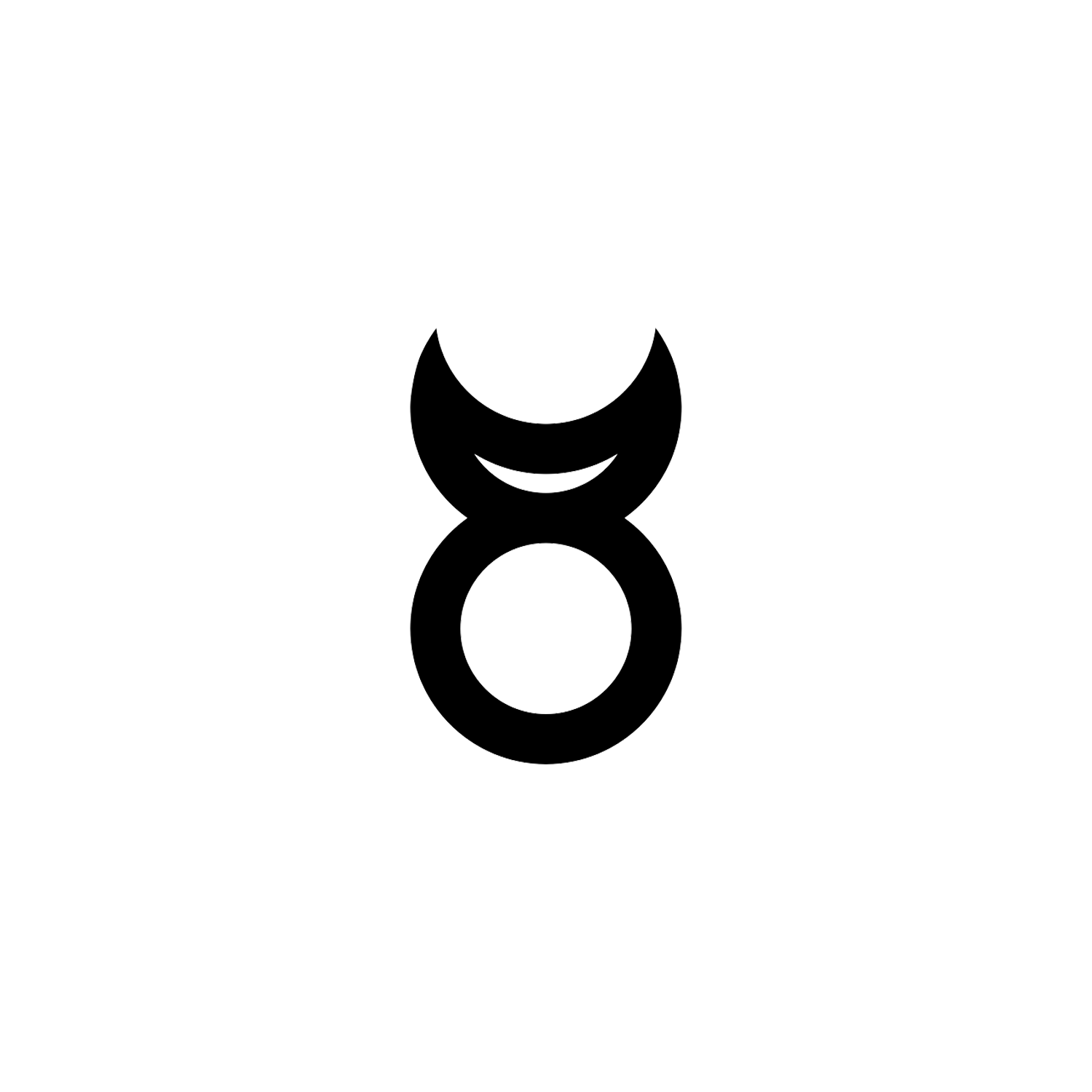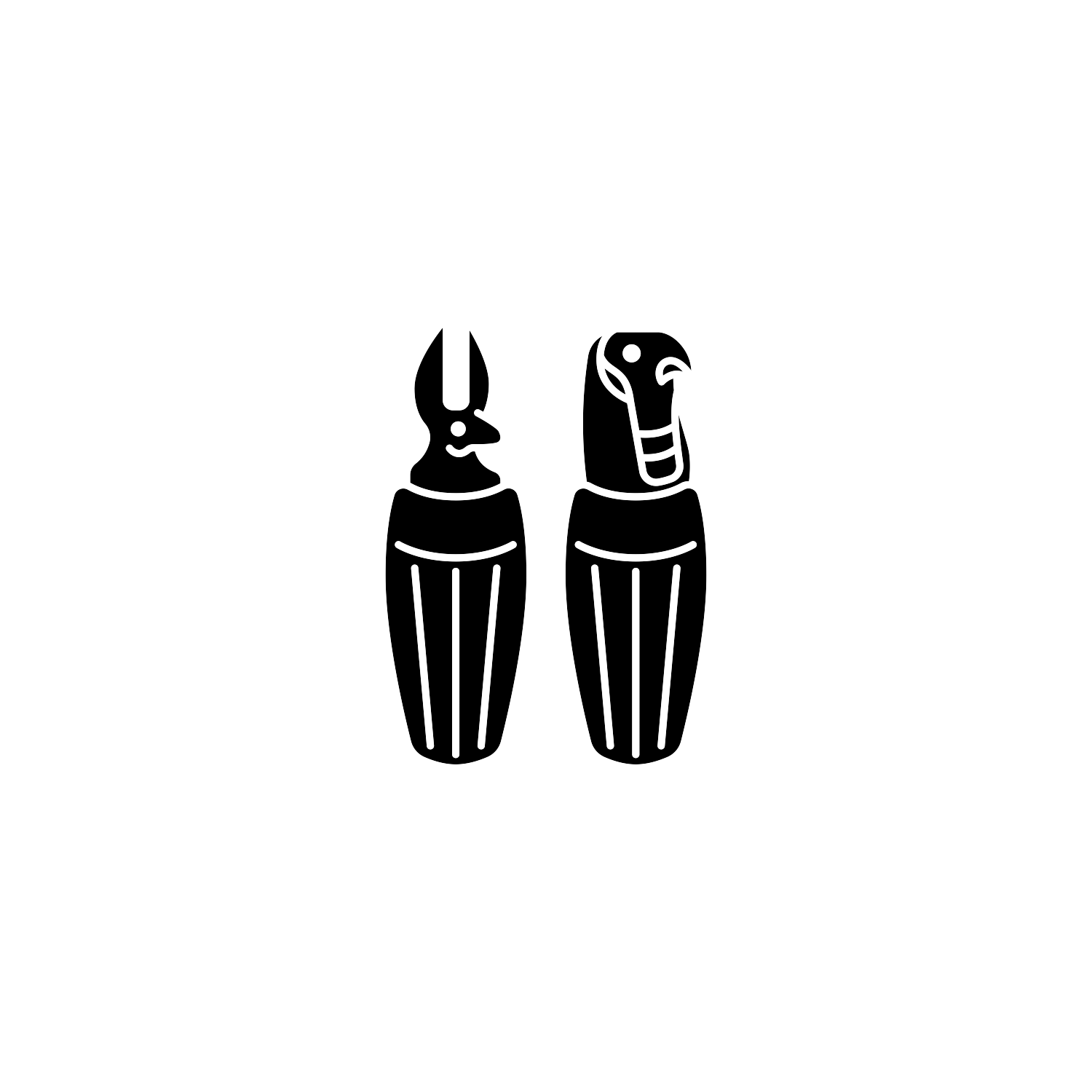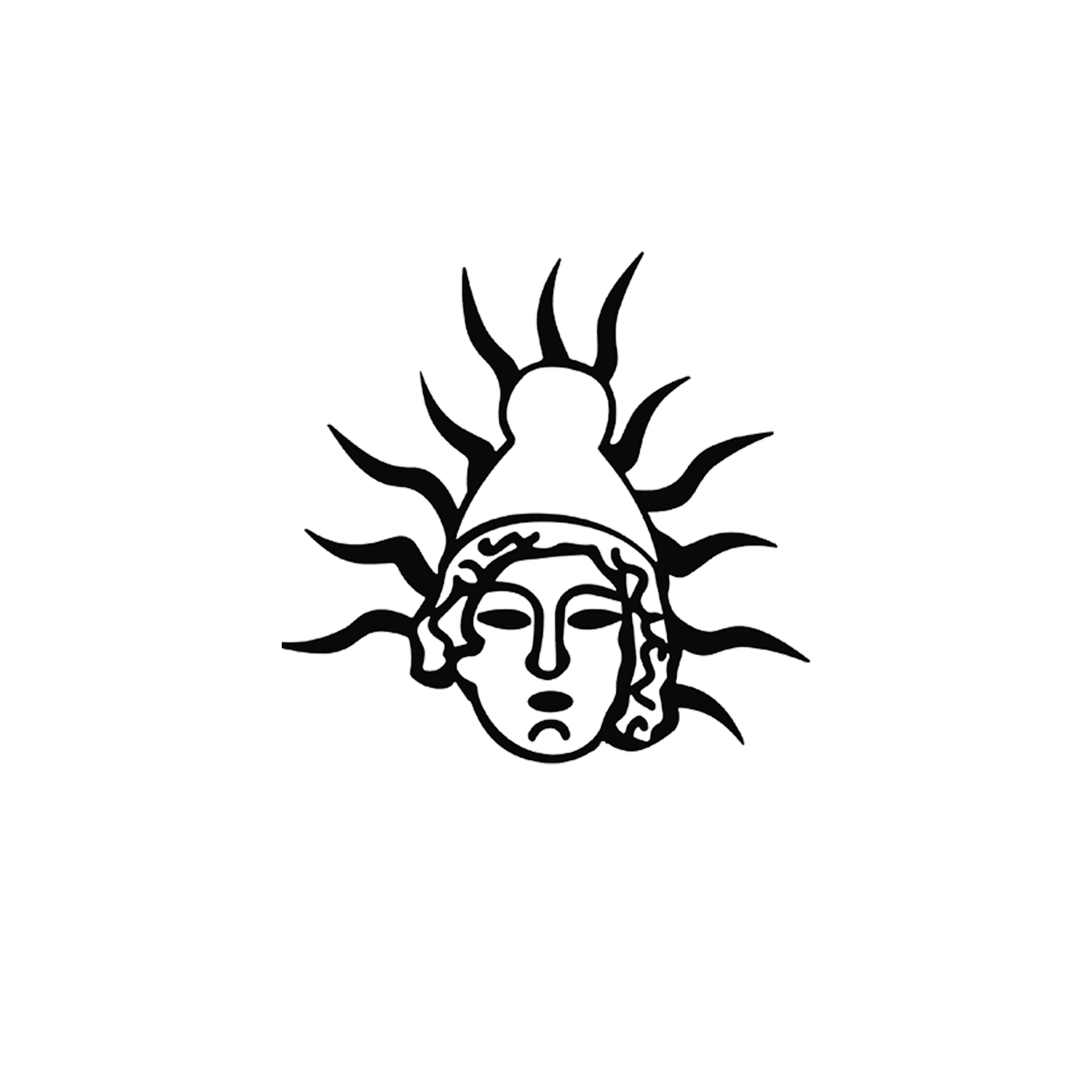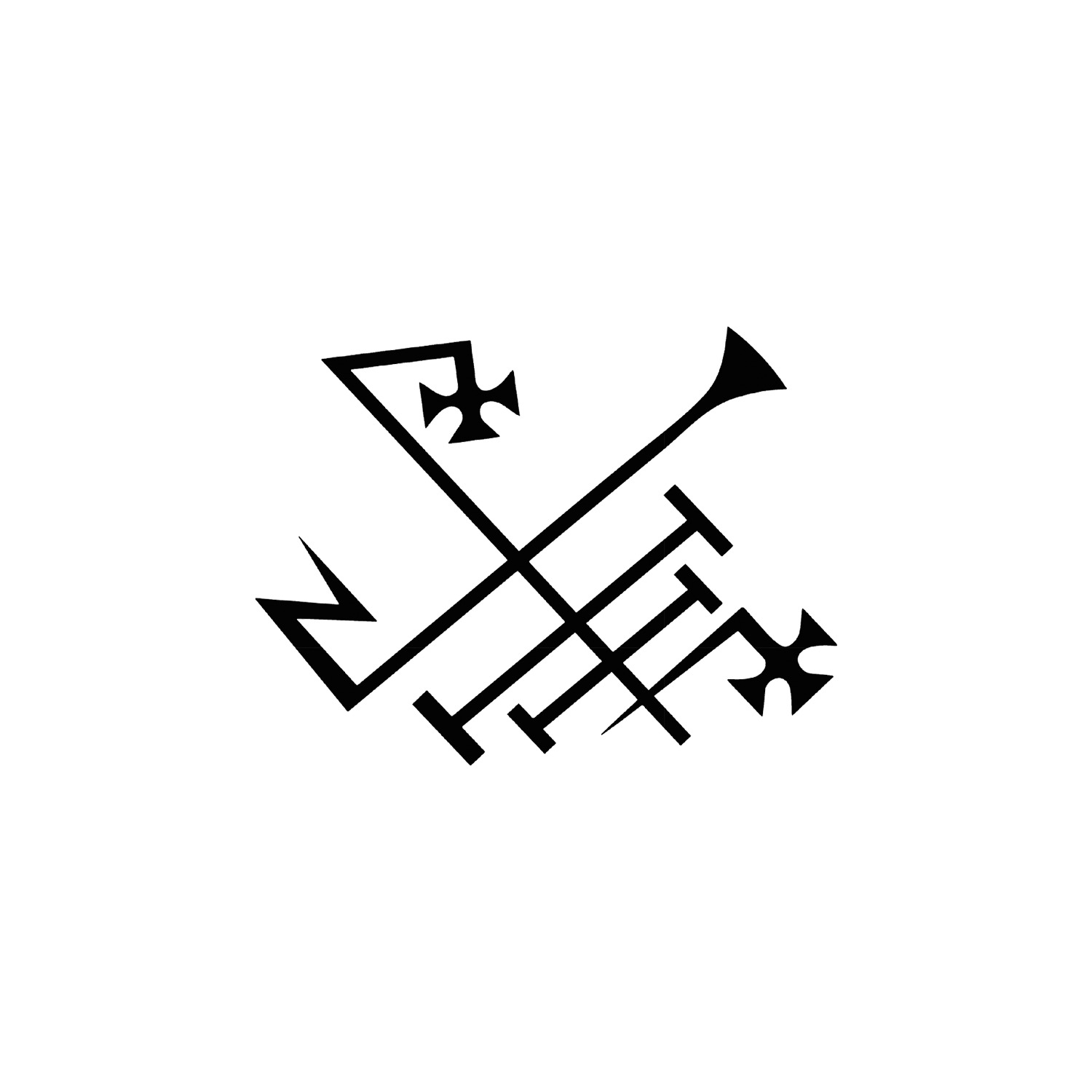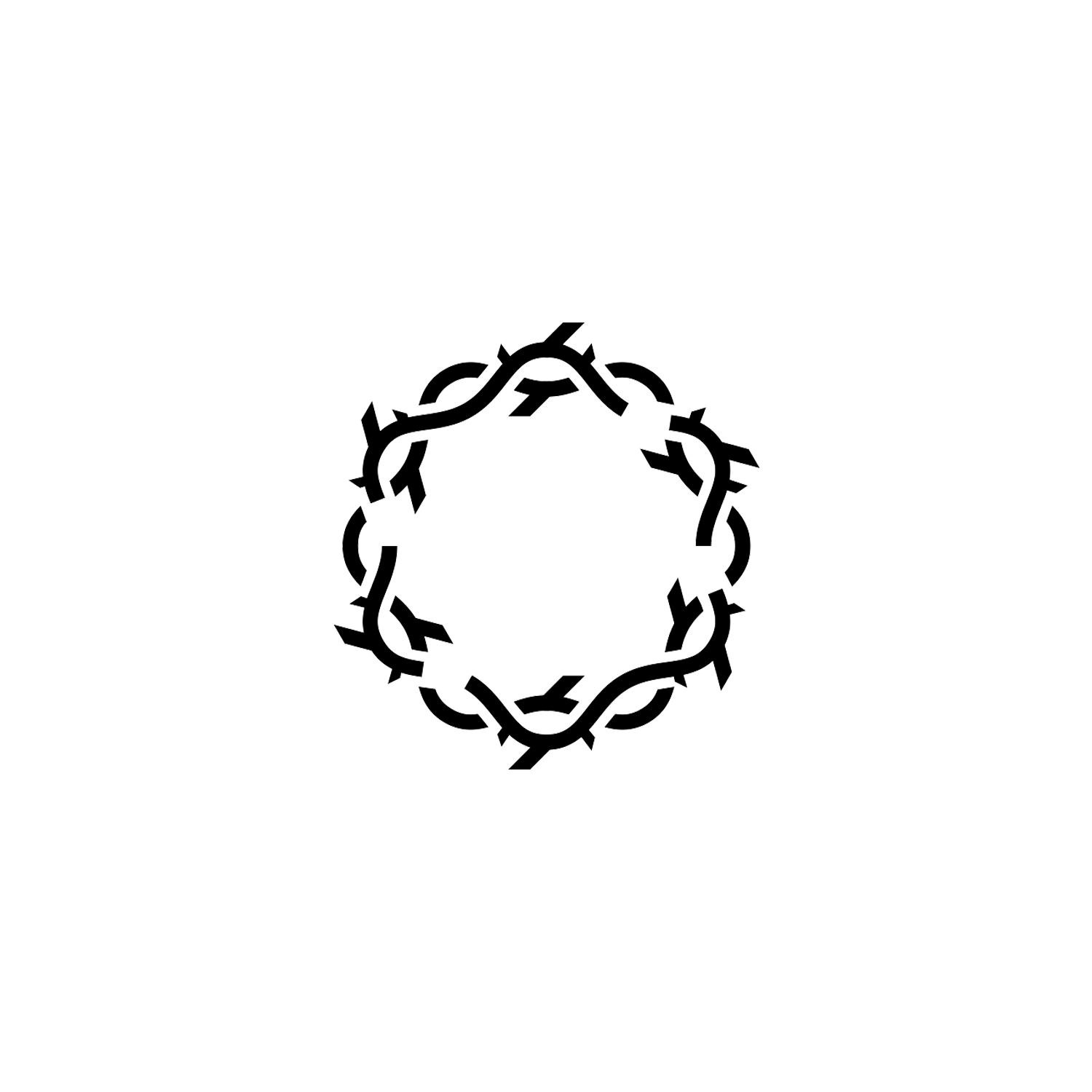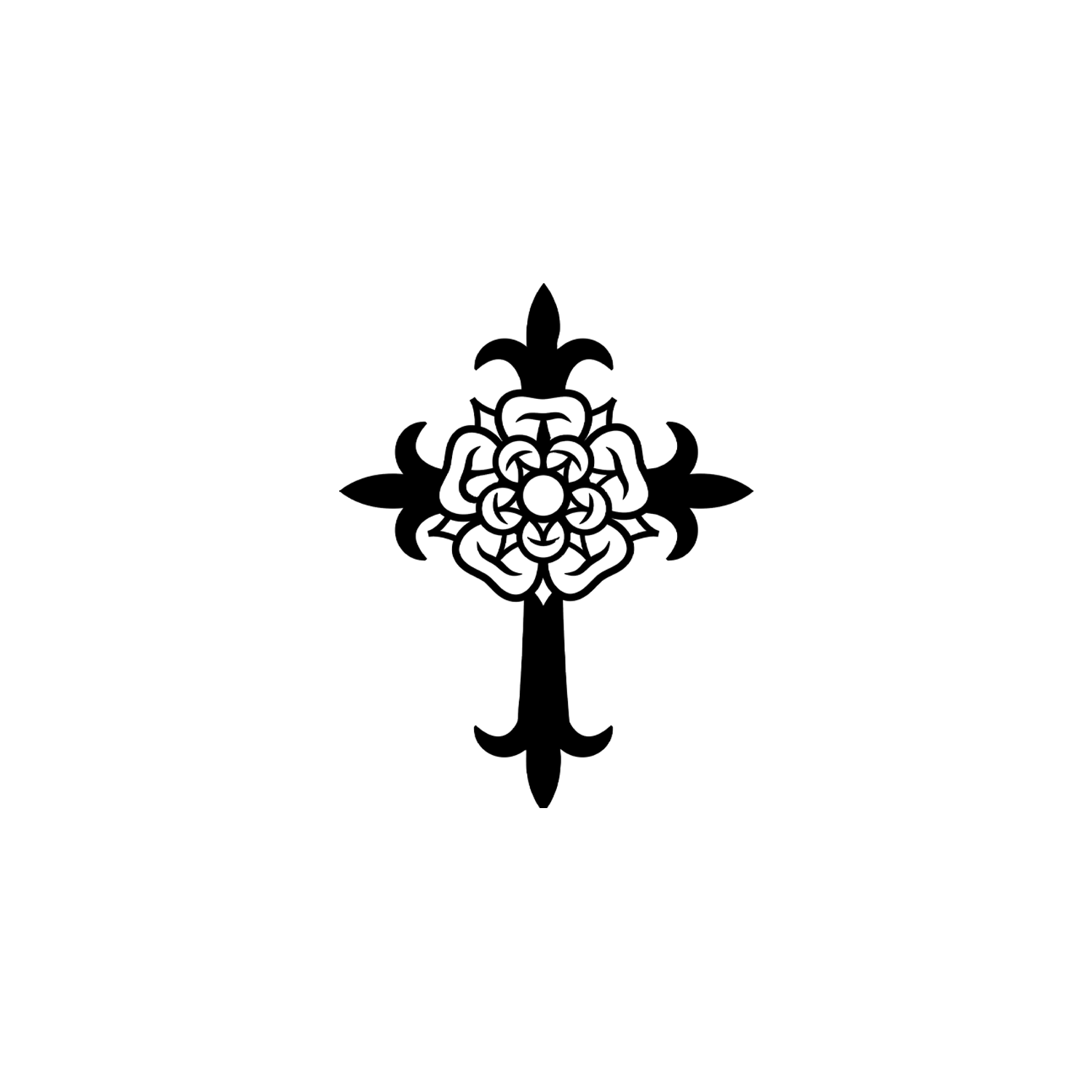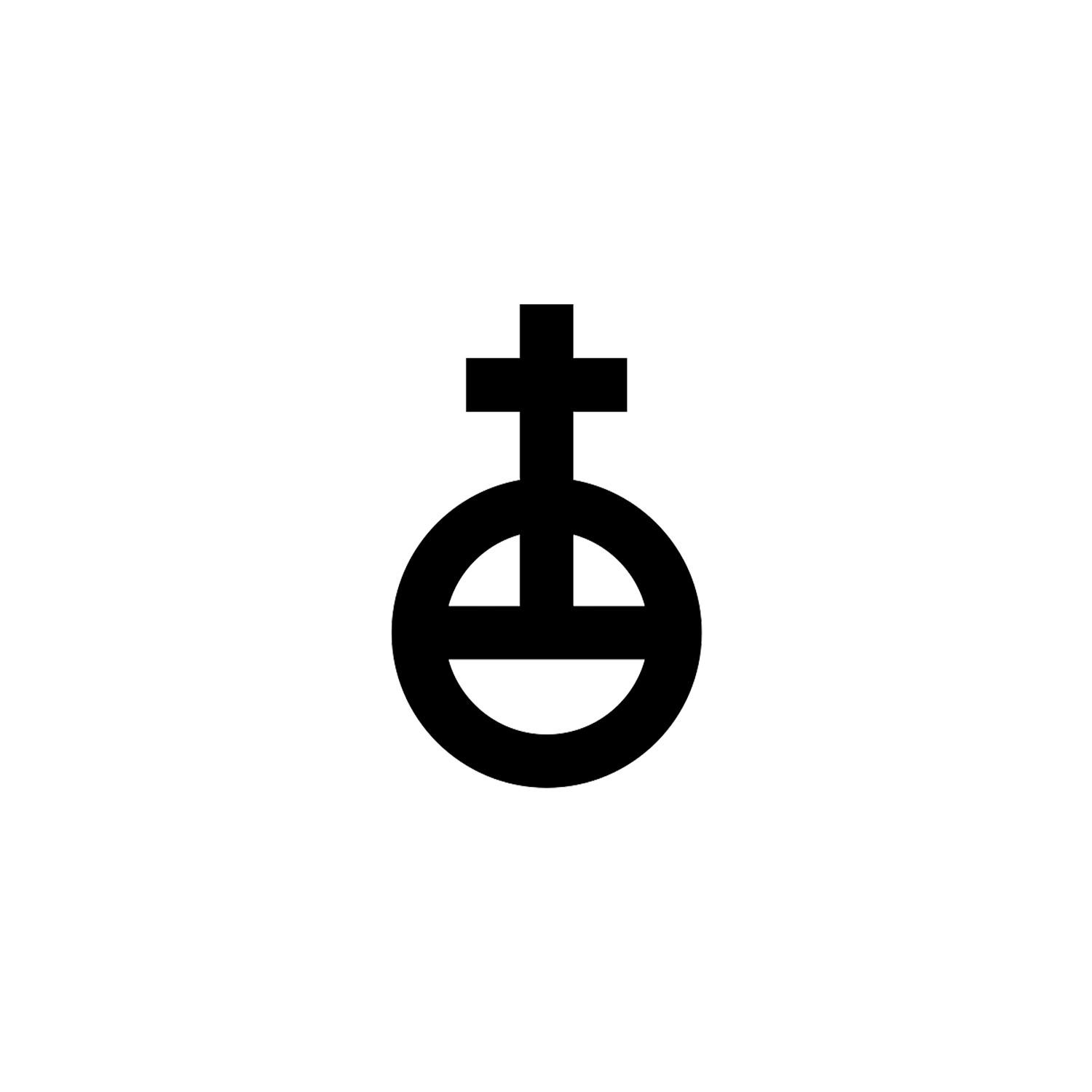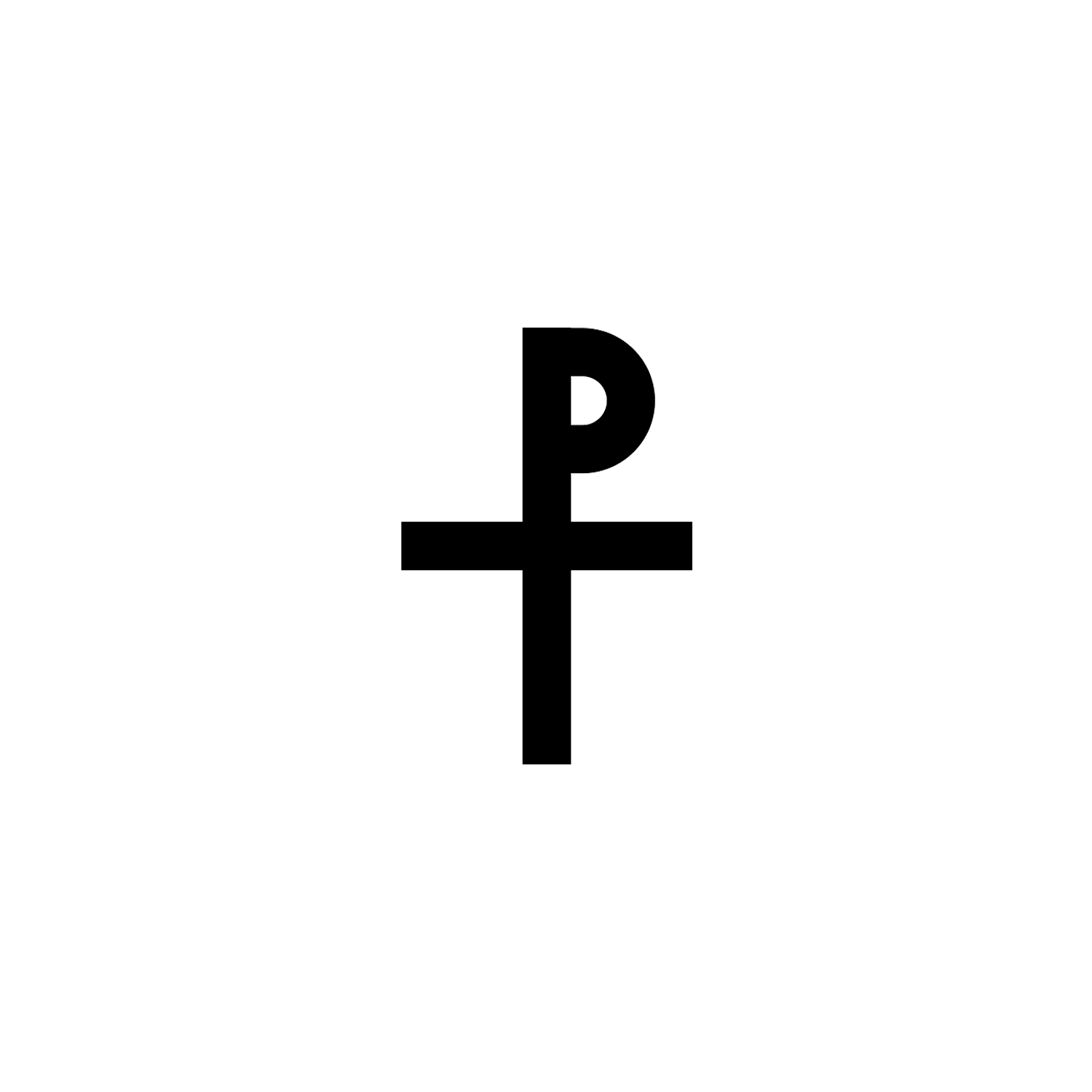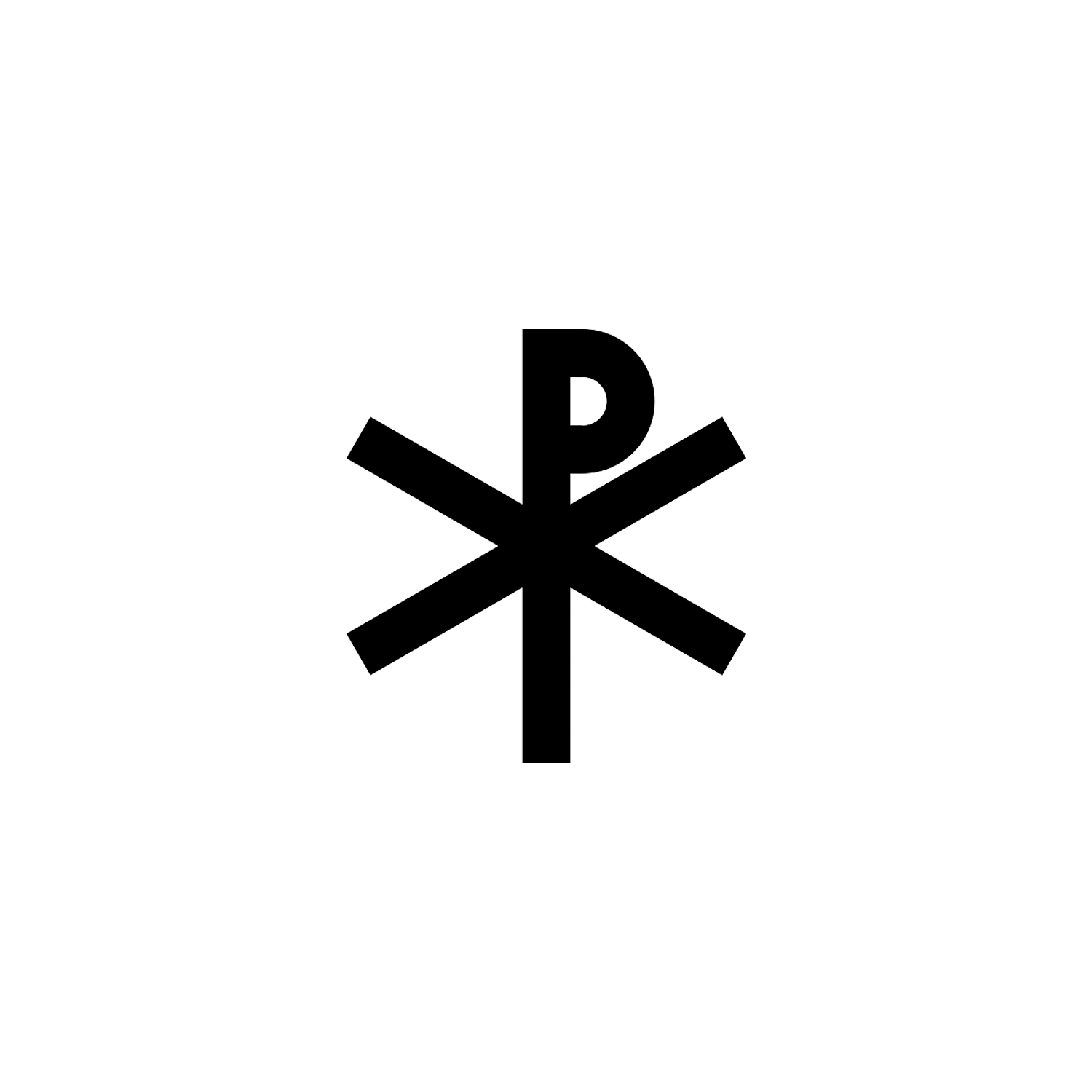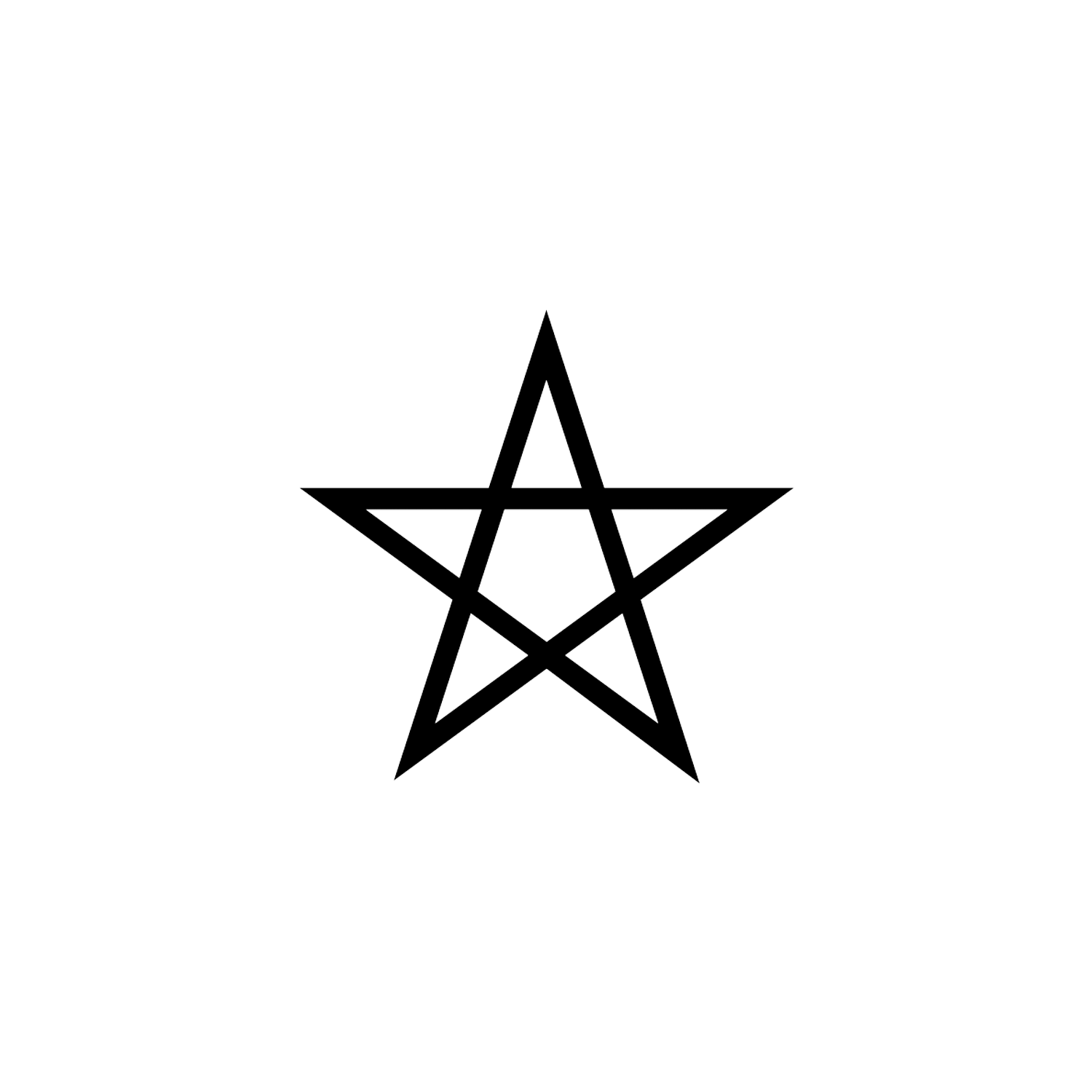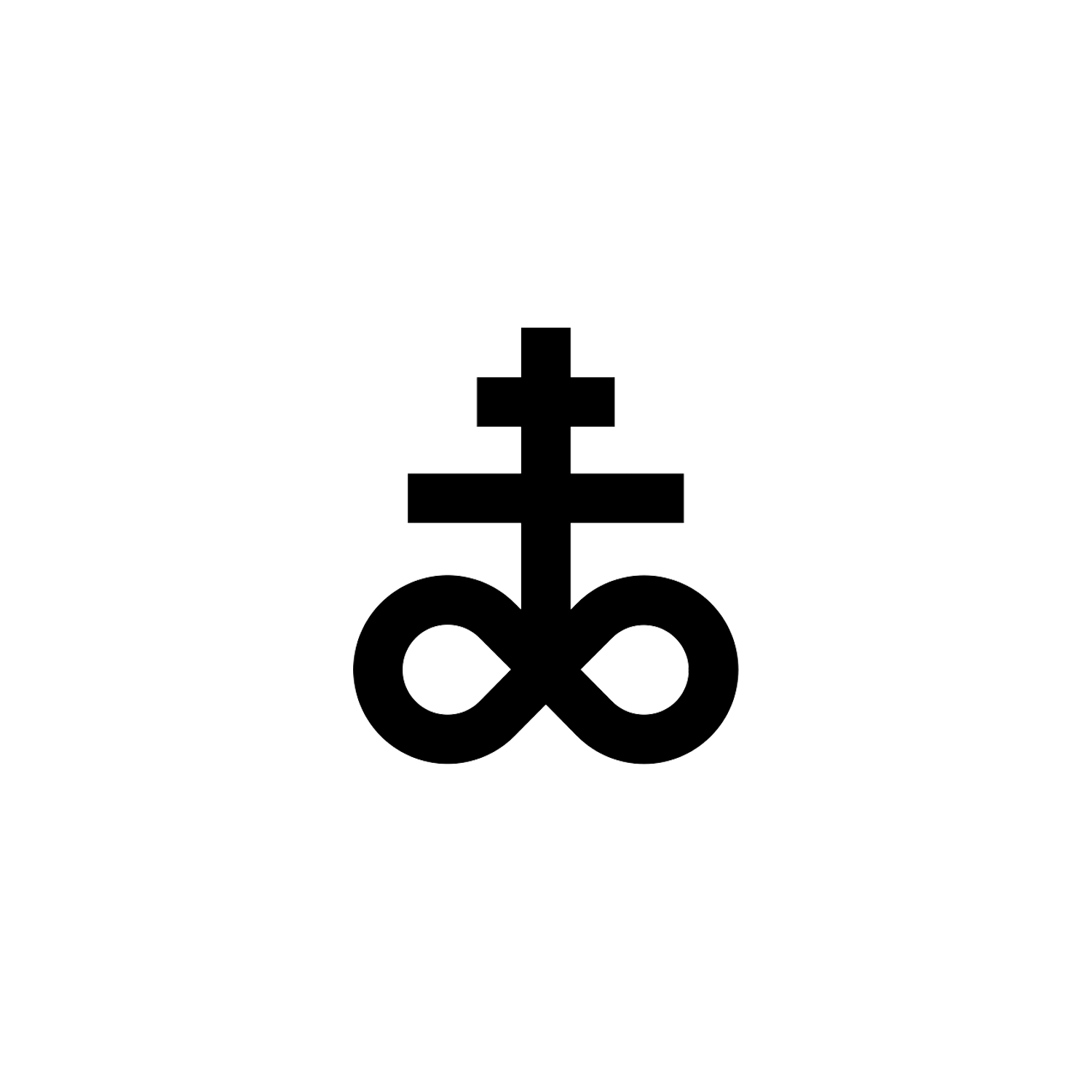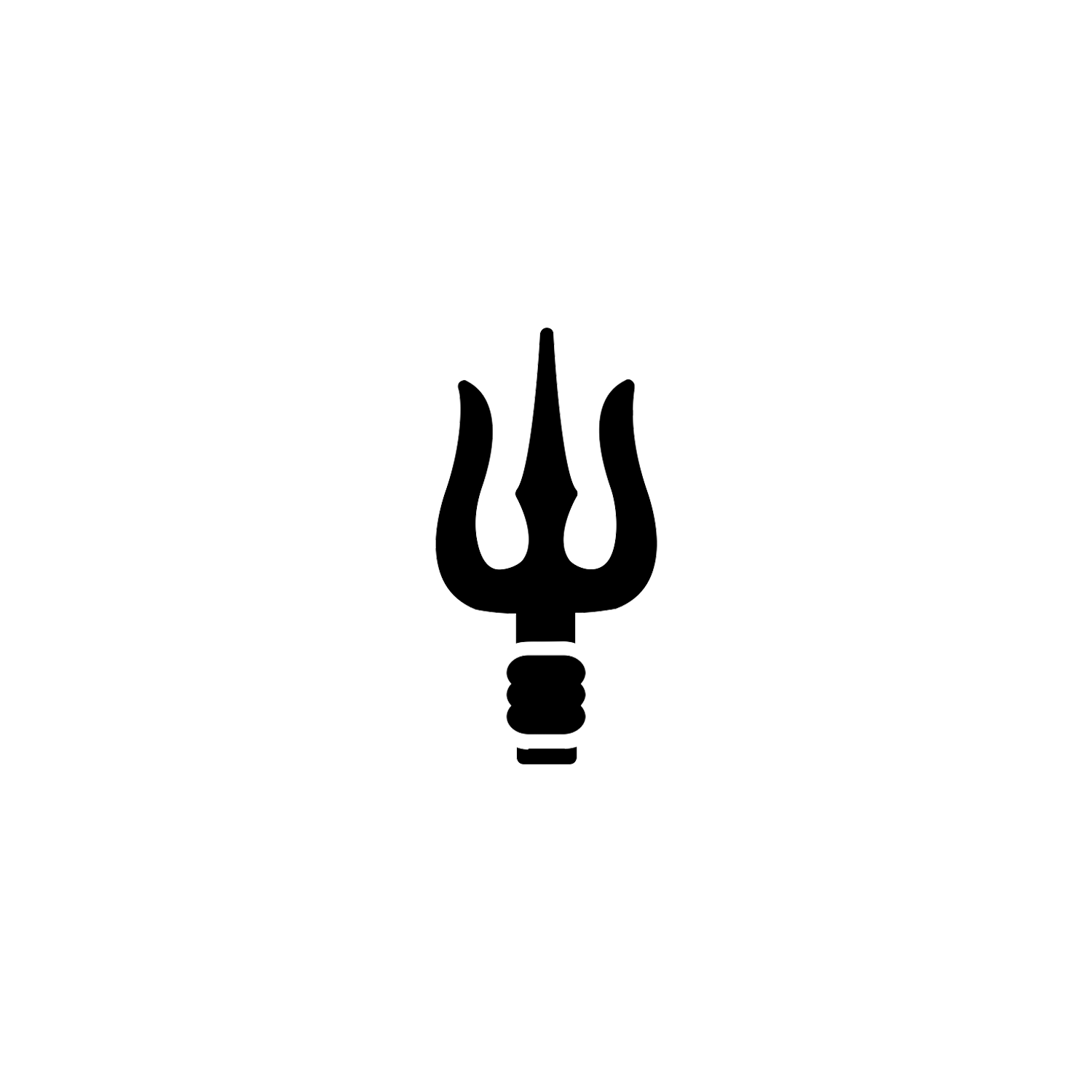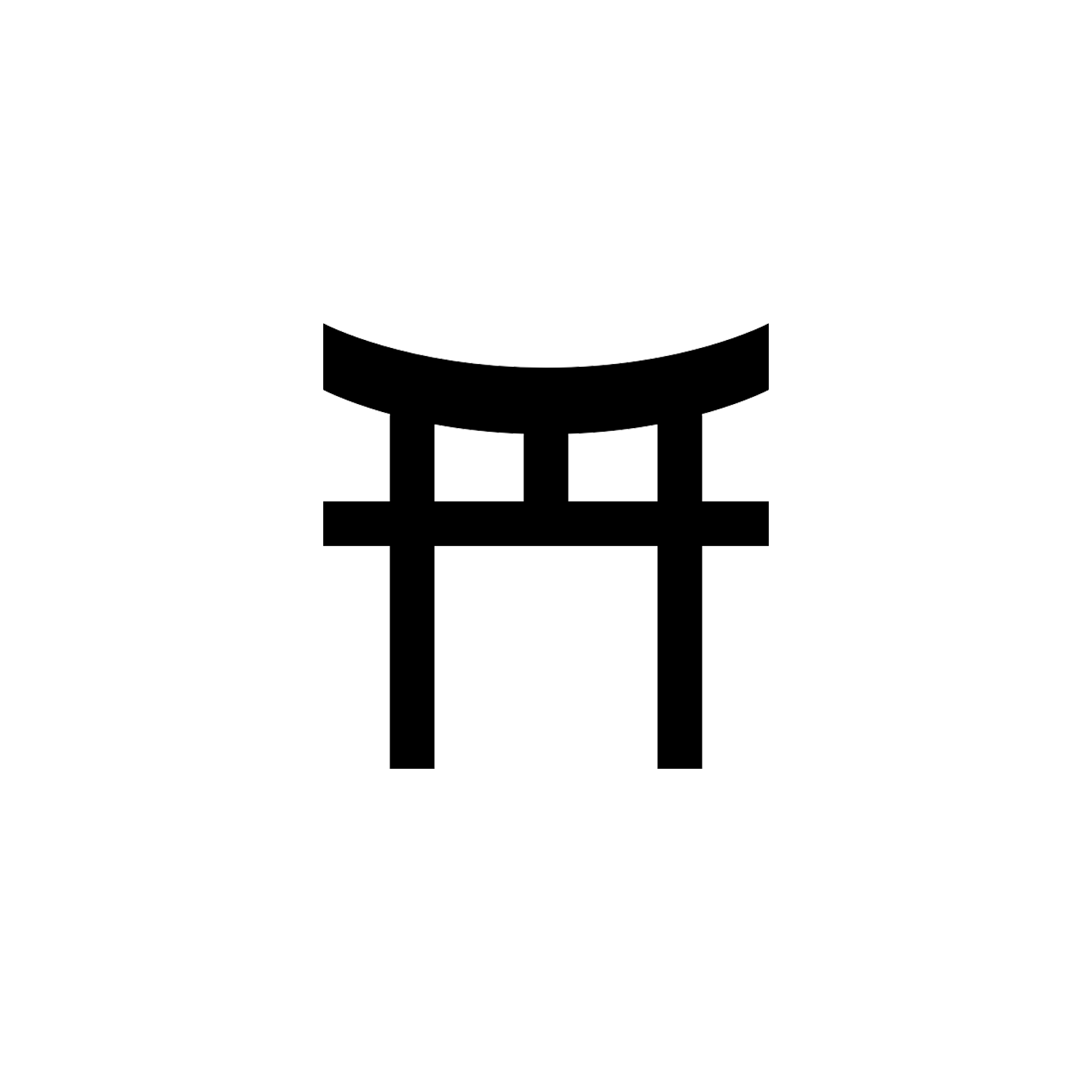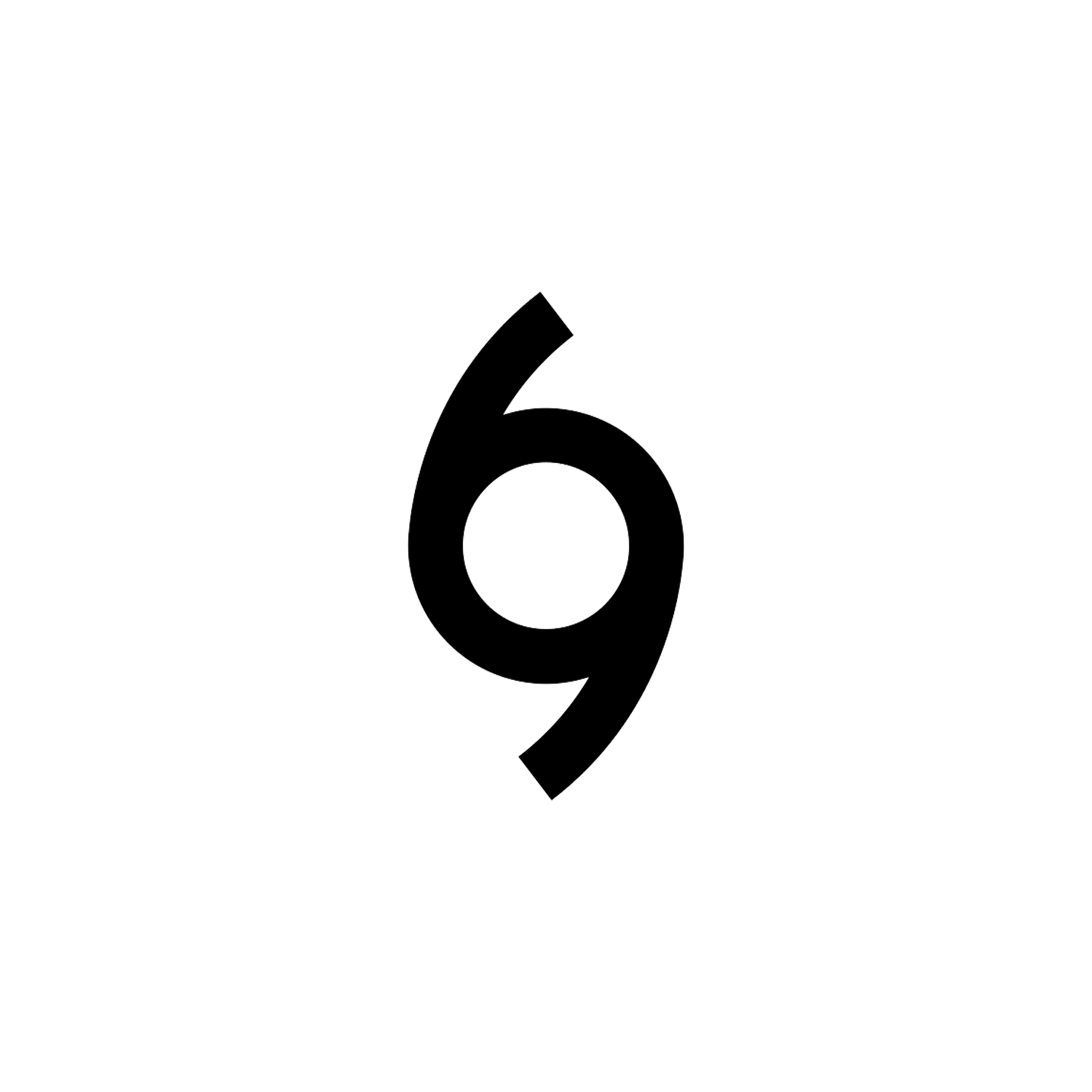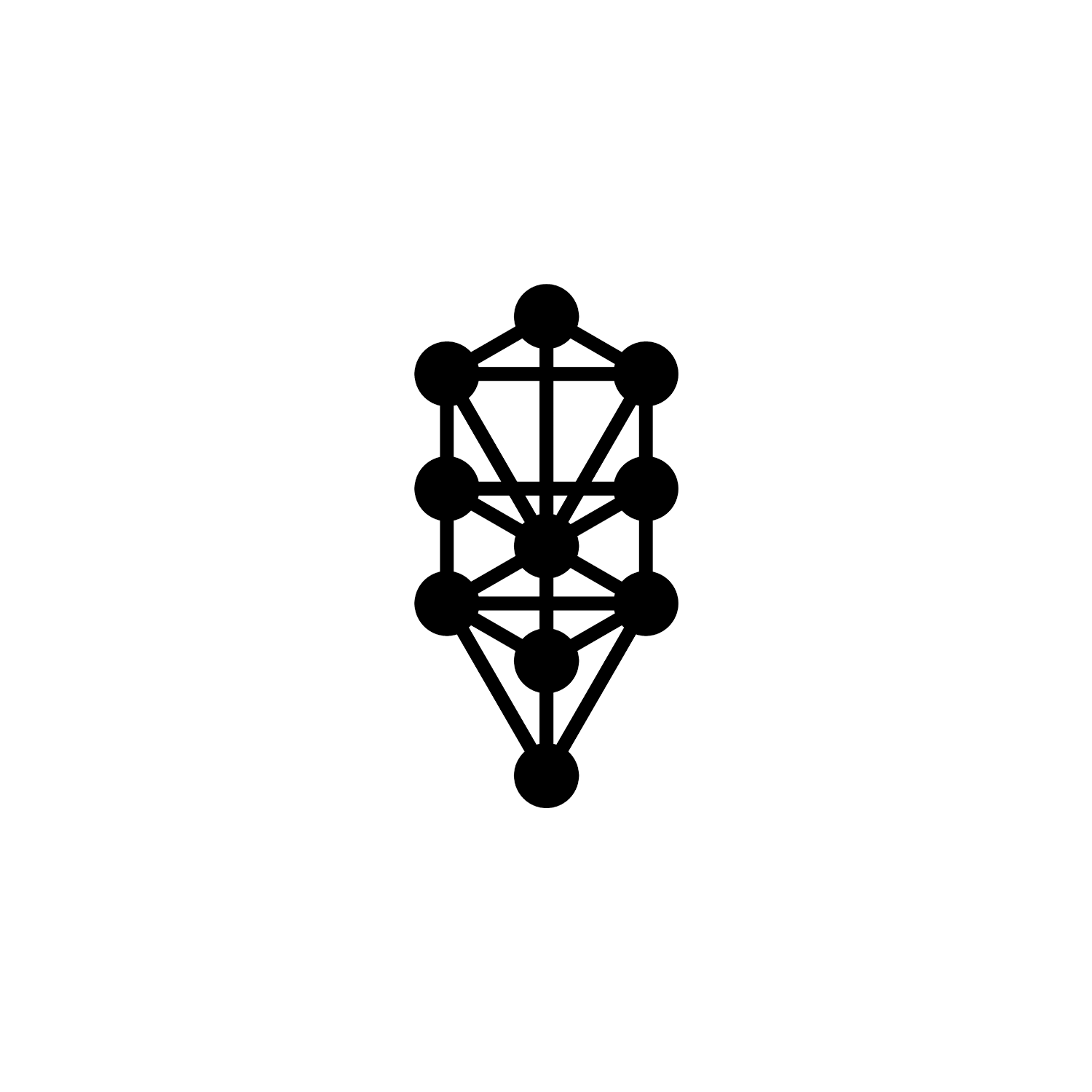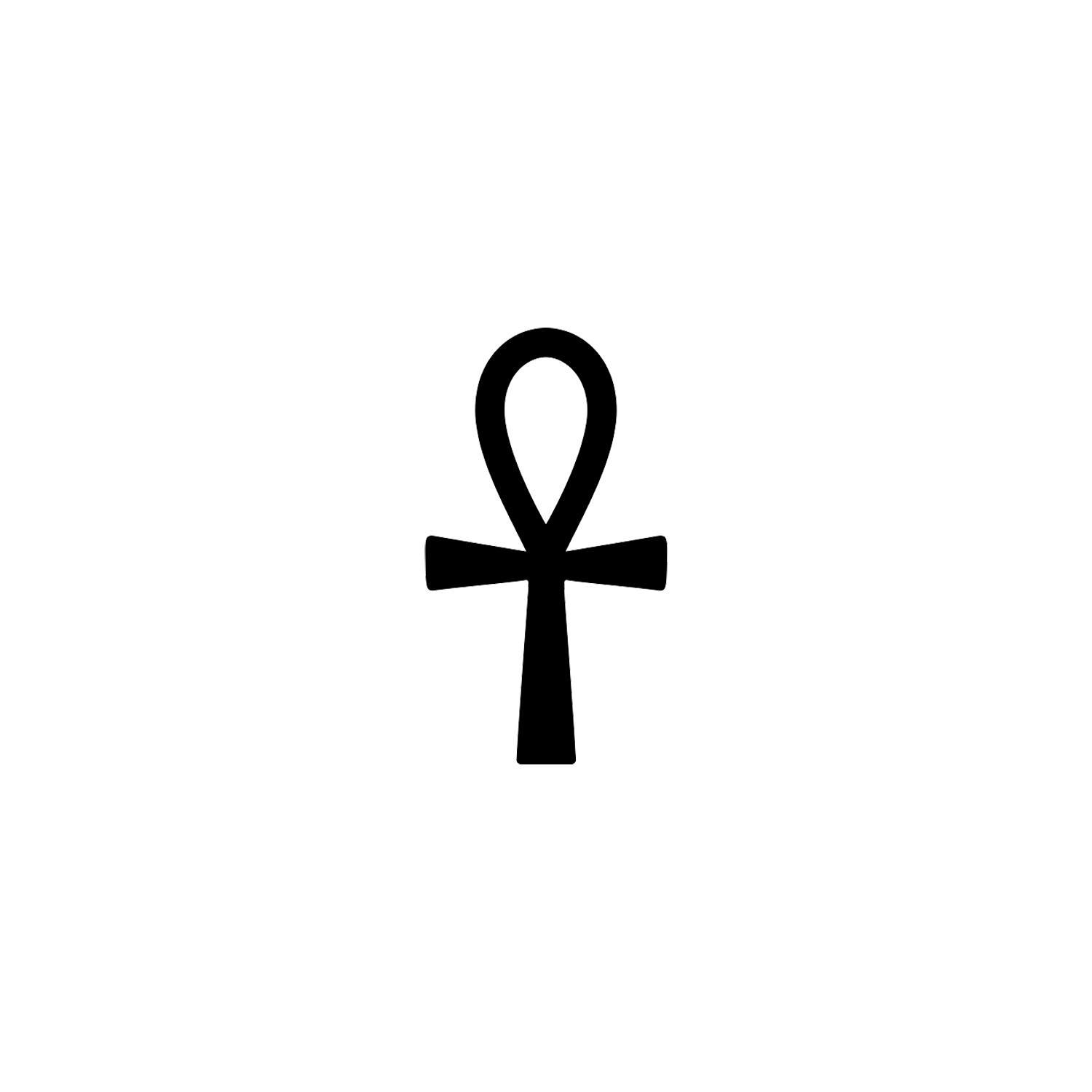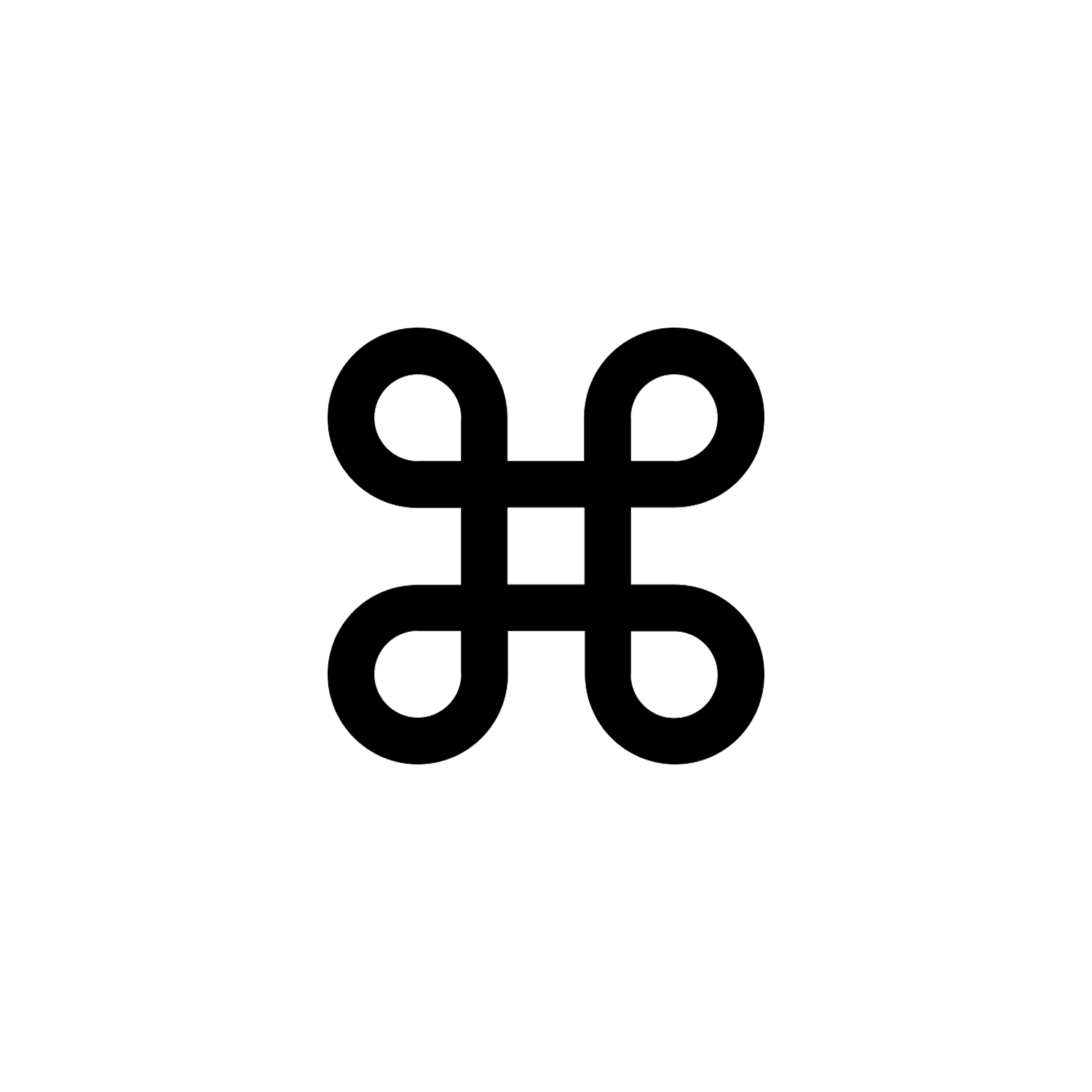Jumis


Jumis
The fertility symbol of a Baltic deity.
Overview
Jumis, who is symbolized by a double head of grain, is a Baltic deity of fertility.
The symbol is a Baltic interpretation of the Divine Twins and the Gable Cross rooted in Indo-European mythology.
Origin and Meaning
Ensuring fertility was an important function that was assigned to a number of spirits and deities. Ensuring a good harvest was the primary function of Jumis. It was thought that he lives in the fields, therefore the last of the crop would be left on the field for Jumis to live in.[1]
This belief was the basis of a ritual involving the catching of Jumis, performed on Miķeļi (autumn equinox), which usually was the last day of harvest.[2] This seems to have involved singing songs as the last of the grain was reaped, asking Jumis to run to wherever the crop was stored. The last bit of the crop would be searched for Jumis and then tied into a knot. Another related practice was to make wreaths of grain cereals that would be kept until next year when the seeds from them would be sown first.

It was usually attempted to place Jumis stalks in these wreaths.[1] In this sense Jumis is symbolized by stalks with two ears. Any fruit or flower showing such abnormal duplication was called Jumis.[2] It was believed that eating Jumis would cause women or female animals to give birth to twins.
Michaelmas is the holiday of the beginning of winter, which is celebrated on September 29. This day is known as a church holiday in honor of Archangel Michael. (The name Miķeļi is derived from the word Michael, which means ‘god-like’.) However, for many peoples, like Latvians, this holiday is celebrated with a different meaning. Michaelmas is apjumības or appļāvības – the last day of the harvest, when with the help of magical rituals one tries to ensure good luck in the coming year and obtain Jumja’s favor.

Jumis is the Latvian grape deity. According to the etymological dictionary of K. Karuļis, Jumis originally meant ‘bound, connected’. Latvian ethnic traditions related to jumi are rooted in the Indo-European myth of the divine twins, which can be seen in the picture of the roof gables above. Two fruits, nuts, flowers, two ears of corn on one straw are also called Jumi (pronounced Yumi).[2]
Such a real phenomenon created an image in popular opinion as a symbol of fertility and well-being. There are many beliefs about Jumi – the bringer of happiness. The two-ribbed ear of corn, Jumi, should be kept if you ever manage to find it in the field, because then a blessing will come to the owner.[3]
The two-ribbed ear (Jumi) is kept because it is said to bring luck to the finder and also to bring wealth. When the Yumi ear is kept in your wallet, then you will never run out of money.[4]
The personified Jumis is associated with the fertility of the grapes. Each crop has had its own spirit of fertility. Jumi of barley, rye and flax are the most chanted. Jumis is the only Latvian deity who has a wife, called Jumalīti, Jumaliņu, Jumanīte, Jumaļeņa, Jumalīne, Jumalēne, Jumja māte, un bērni Jumalēni.[2]
Across the Baltic
Jumis, as a promoter of grape fertility, has been spread over a wider area than the pastoral patrons, who were mainly centered in the Vidzeme highlands. Most of Jumja’s songs were recorded in the Zemgale plain, a little less in the middle of Vidzeme. Jumis was hardly known in Kurzeme.[2]
Jumi is the most mysterious of the Finnish-Karelian mythical beings. The leading Finnish scholars—Uno Harva, Martti Haavio, Matti Kuusi, Lauri Honko, and others—have written about it, but its character and origin remain largely enveloped in darkness. The reason for this is that material about it is fragmentary and, in part, contradictory.[5]
In Finland Jumi has been considered a divinity whose function is to promote luck in marriage. In its honor, “Jumi’s weddings” were celebrated in the fall, after the work in the fields was finished. Descriptions of Jumi’s weddings are to be found in Pohjanmaa, West Finland, as early as the second half of the 18th century.[5]
A direct reference to a Jumi cult in Finland is found in Johannes Tornaeus’ description of the Lapps in 1672. Tornaeus writes that the Lapps considered Jumi (Iumi, lumeni) their own and the Finns’ forefather or patriarch and that “the Finns honored him highly.”[5]
The roots of the Latvian Jumis go deep into proto Indo-European tradition. However, no definite cognates for the Balto-Finnic jumi, etc., have been presented. Some scholars (Toivonen, Haavio, Kuusi) have pointed to the possibility of a certain relationship between the Balto-Finnic and Baltic words, but the question has remained open.[5]
Conclusion
A sign of fertility, Jumis is a symbol of the end of spring and summer – hence the twin sign. The two together represent harvest season and a sign of fortune and fertility.
Generally, Jumis is seen as a symbol of strength, wealth and success. It denotes the beginning of well-being and abundance.
[1] Straubergs, Kārlis (1939). Latviešu buramie vārdi (in Latvian). Vol. I. Rīga: Latviešu folkloras krātuve.
[2] "Miķeļi (Apjumības)" (in Latvian). Archived from the original on October 19, 2012.
[3] "Collection of Kārlis H. Skujiņš". Archives of Latvian Folklore
[4] Atpūta, 1932, 404, 21. J. Gulbis, Aizkraukle
[5] Oinas, Felix J. Jumi: A Fertility Divinity. Journal of the Folklore Institute Vol. 18, No. 1 (Jan. - Apr., 1981). pp. 69-89 (21 pages). Published By: Indiana University Press
Latest Symbols
Monthly Digest
A summary of symbols for the month in a quick read format straight to your inbox.



